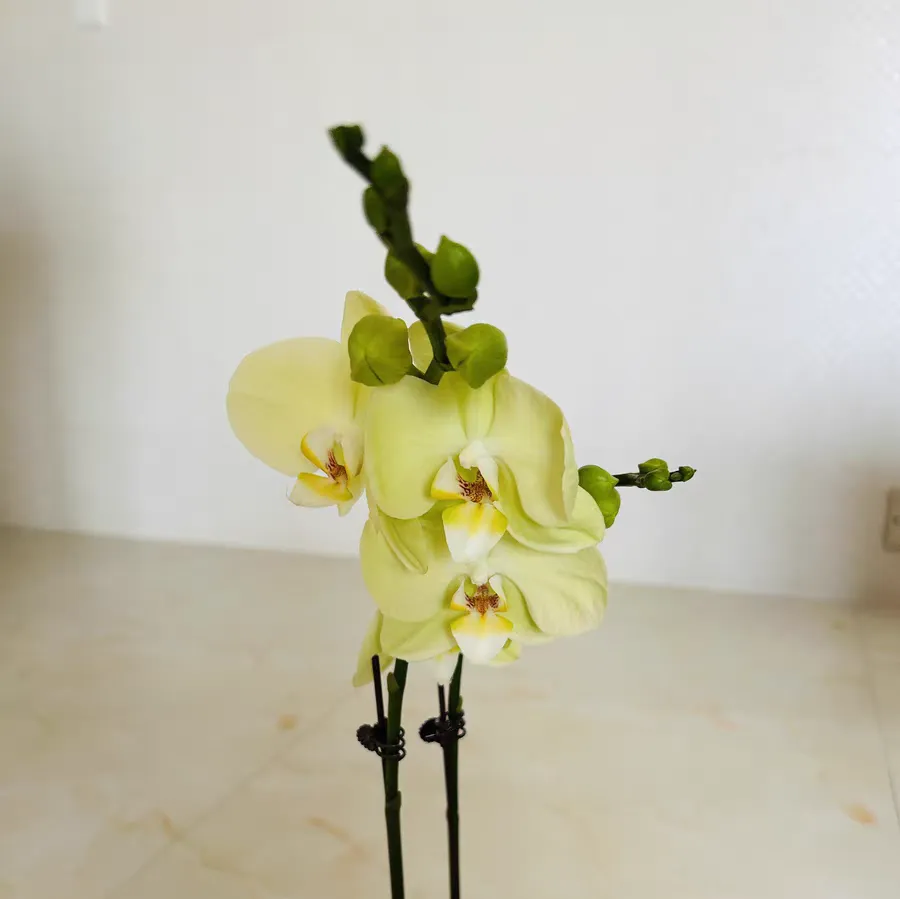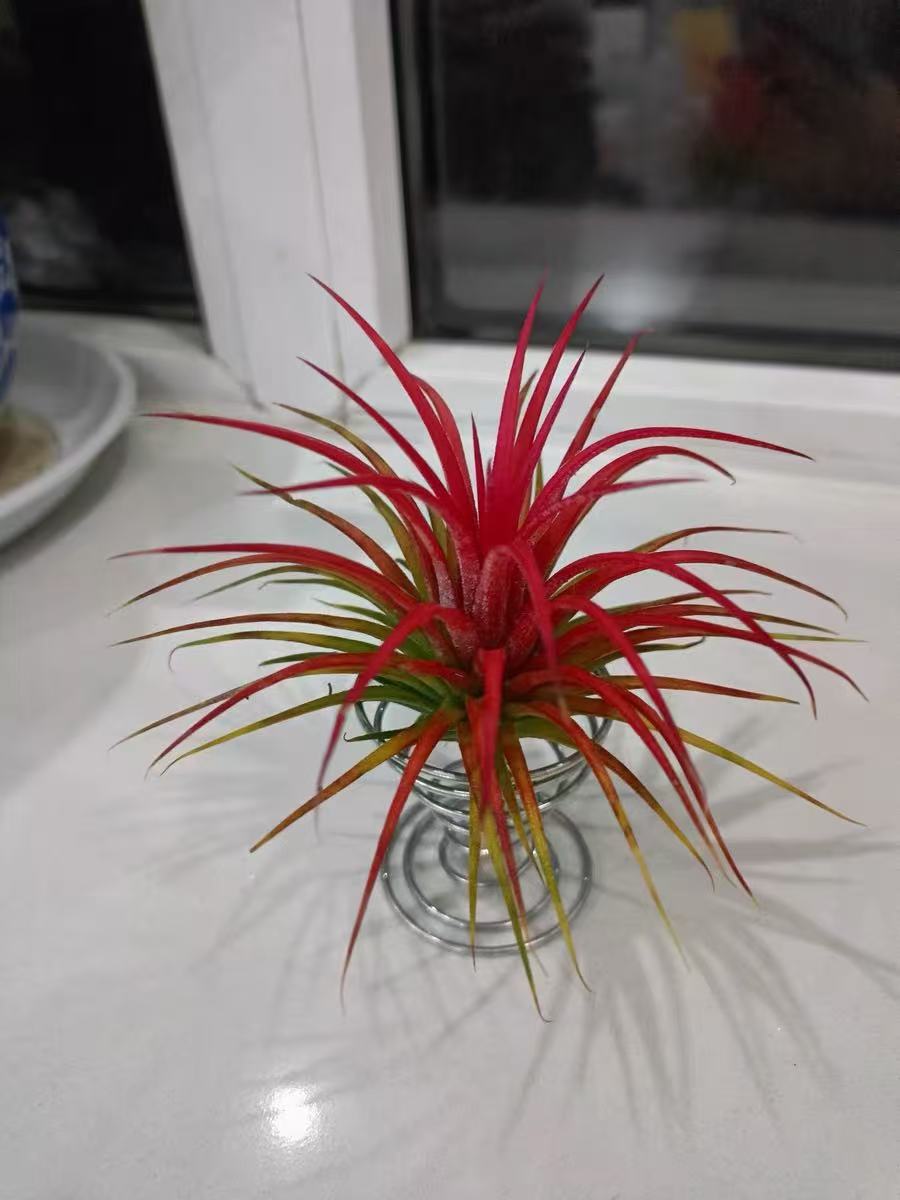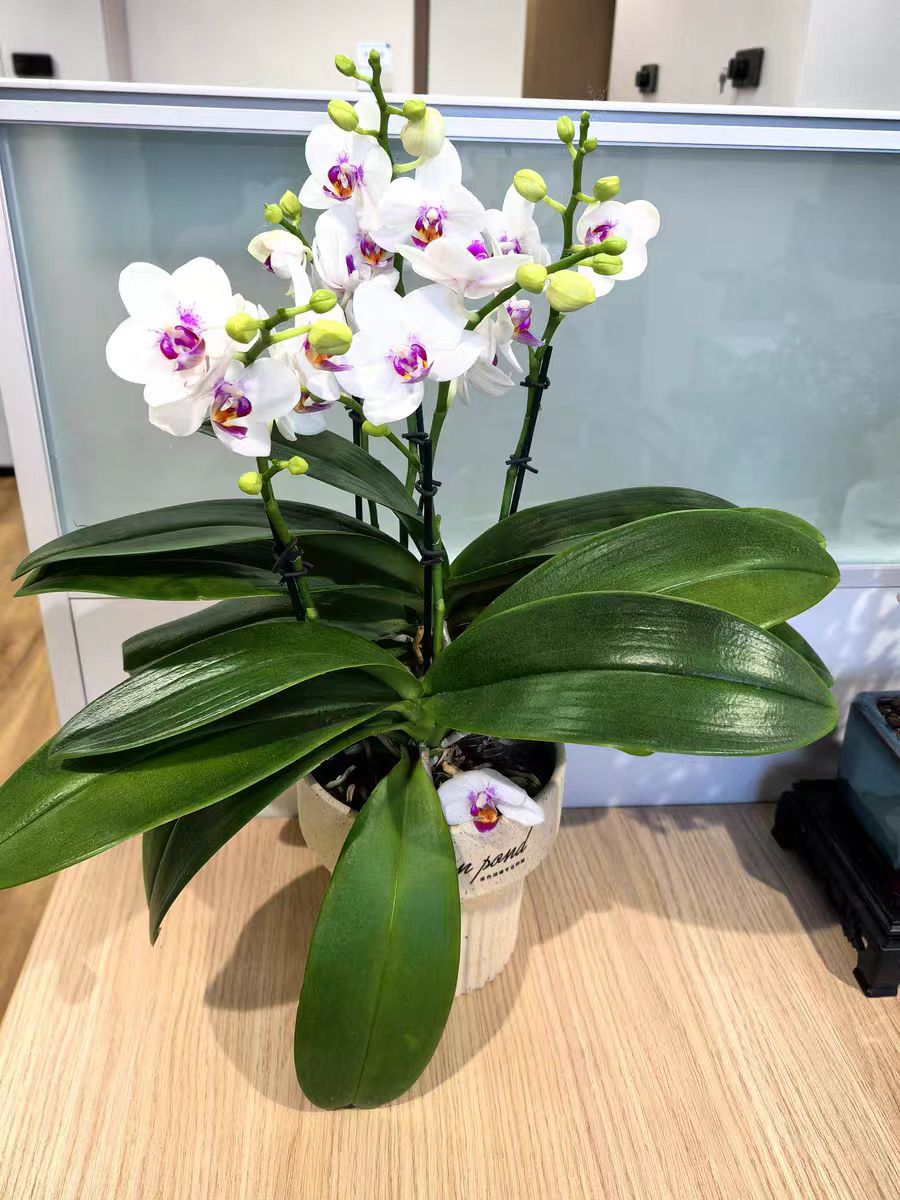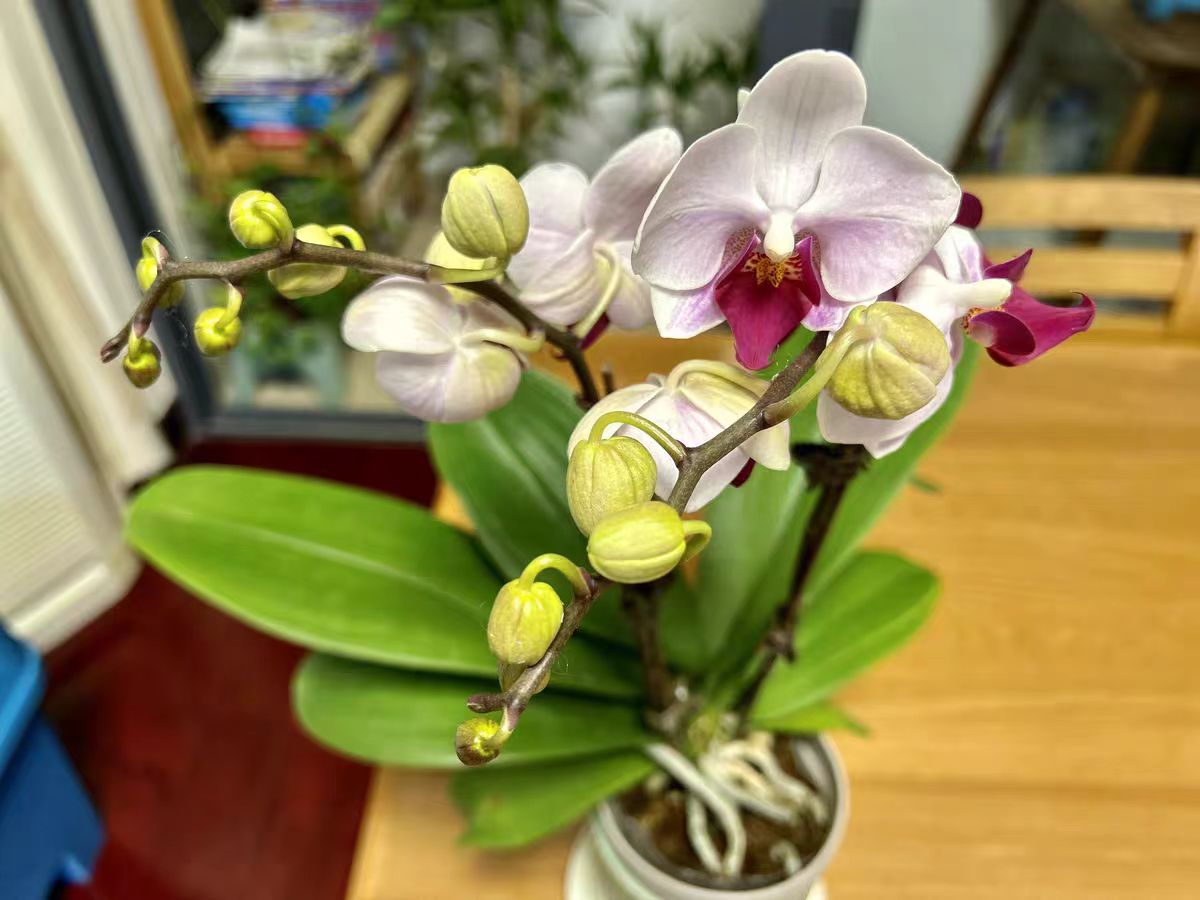When you receive the Phalaenopsis you just bought online, don't be in a hurry to place it casually, because improper handling is likely to affect its subsequent growth. Here, I will tell you how to deal with the Phalaenopsis bought online, so that it can smoothly adapt to the new environment and thrive.
1. Inspection: Once you receive the Phalaenopsis, you need to open the box and inspect it immediately. Focus on checking the condition of the roots and leaves. The roots of a healthy Phalaenopsis are plump, mostly white or light green in color, and shiny; the leaves are intact, without obvious disease spots, insect holes, or mechanical damage. Once you find that the roots are black and soft, or the leaves have yellow or black spots, you need to deal with them accordingly in a timely manner to prevent the further spread of diseases and pests.
2. Environment: Phalaenopsis is native to tropical and subtropical regions and prefers a warm and humid growing environment. The most suitable growth temperature is 20 - 30℃, and the relative air humidity is 60% - 80%. In winter in northern China, due to the large temperature difference between indoors and outdoors, various methods are needed to create a suitable environment for the seedling recovery period. You can use a humidifier to increase the indoor humidity, or place a tray filled with stones and water at the bottom of the flower pot, and use the natural evaporation of water to increase the humidity of the local environment.
3. Location: Phalaenopsis is suitable to be placed in a place with good ventilation and sufficient scattered light. For example, near the windowsill facing east or north, it can receive sufficient scattered light to meet the needs of photosynthesis, and at the same time, it can avoid the leaves being burned by direct sunlight. Staying in a dark environment for a long time will lead to poor plant growth; while too strong light will cause sunburn on the leaves, affecting the healthy growth of the Phalaenopsis.
4. Watering: During the seedling recovery stage, the Phalaenopsis is quite sensitive to the water requirement, and the principle of "watering when the soil is dry and then thoroughly" should be followed. When operating specifically, you can insert your finger 2 - 3 centimeters into the cultivation substrate. If you feel that the substrate is dry, you can water it. When watering, make sure to water it thoroughly so that the excess water flows out from the drainage holes at the bottom of the flower pot to avoid waterlogging, which may cause the roots to rot due to lack of oxygen. It is recommended to water in the morning on a sunny day so that the plant can fully absorb the water, and at the same time, the excess water can evaporate in a timely manner.
5. Fertilization: In the early stage of the seedling recovery period, the roots of the Phalaenopsis have not fully adapted to the new environment, and their ability to absorb nutrients is relatively weak. At this time, the amount of fertilization should be appropriately reduced. You can apply a thin liquid fertilizer once every 2 - 3 weeks, and control the concentration of the liquid fertilizer to about half of the normal maintenance concentration. When the plant grows new leaves and roots, it indicates that it has adapted to the new environment, and you can gradually restore the normal fertilization frequency and amount.
How to deal with the Phalaenopsis bought online?

Share with
Tagged in :




Leave a Reply